What Is Low-Temperature Cooking?
When we talk about low-temperature cooking, we are simply referring to the process of cooking using mild heat, i.e., at temperatures ranging between 50°C and a maximum of 100°C.
Different low-temperature cooking techniques exist, but those most generally used boil down to four: dry – normally using an oven; in liquids – where the food is immersed in oil, stock, brine, a sauce or any other liquid; steaming; or in bags or containers, which may be vacuum-sealed (sous vide) or not.
But the most important point in all four techniques is knowing precisely what temperature and what cooking time will be required to ensure we cook the food to its perfect point of doneness.
How? Basically, the aim is to ensure a cooking temperature as close as possible to the desired final internal core temperature of a food (at its heart) when we consider that it is at its perfect point of doneness. Time and temperature charts help us achieve this easily.
The Secret: The Time-Temperature Combination
From experience, we all know that the point of doneness of foods is vital to any meal’s success. The secret lies in the right combination of cooking time and temperature (T&T). This is the key factor. In other words, to bring out the very best of a food it is essential to determine correctly at what temperature we will cook it and for how long.
It is important to be aware that some foods are more sensitive to temperature than others, meaning that a single degree of difference or just a few minutes over the cooking time will affect them to a greater extent. We should also remember that sometimes we can cook the same food using different T&T values to achieve similar results.
Overall, the most crucial point is to find the correct time and temperature combination, based on the general idea that the lower the cooking temperature, the longer the cooking time, but the gentler the heat transfer into the food, which is the fundamental idea behind this culinary technique.
To make things easier for you, below are some time and temperature charts based on our experience, which indicate for you the ideal T&T parameters for each type of food.
| COOKING TEMPERATURE * |
50ºC |
55ºC |
60ºC |
65ºC |
70ºC |
75ºC |
80ºC |
85ºC |
90ºC |
95ºC |
100ºC |
| Fish |
|
|
|
|
|
|
|
|
|
| Tender meats |
|
|
|
|
|
|
|
|
| Tough meats |
|
|
|
|
|
|
|
|
| Eggs |
|
|
|
|
|
|
|
|
| Vegetables |
|
|
|
|
|
|
|
|
| Fruits |
|
|
|
|
|
|
|
|
| Legumes and cereals |
|
|
|
|
|
|
|
|
|
| Shellfish |
|
|
How to Cook at Low Temperatures
-
Immersion in liquid
-
Steaming
-
In a bag or container
-
Sous Vide
-
Dry
-
We immerse the food directly in a liquid (water, oils, brines, stock, sauces or syrups) which transmits heat and flavour, as well as aromas and moisture. This technique is highly suitable for gentle cooking of fish or marinated vegetables.
-
This consists of cooking food in the steam given off by a liquid. It is a very respectful way of cooking, as it preserves the natural flavour of the food and no kind of fat is required.
-
We can cook using containers, glass jars or bags without any need to vacuum-seal them but with practically all the same benefits. The most common method to date is low-temperature cooking using glass jars or zip-seal type cooking bags.
-
This allows very precise temperature control and, because under vacuum the oxygen is eliminated, a more stable cooking process. In addition, the foods do not oxidise or go off, and they also maintain their nutritional values better as they are not in direct contact with the cooking medium.
-
We usually use an oven, but can also use a grill, barbecue or other systems for long, gentle cooking, with the aim of tenderising the food. This is a good option for cooking foods such as leg of lamb, poultry or gamebirds and even fruits and vegetables.
Benefits of low-temperature cooking
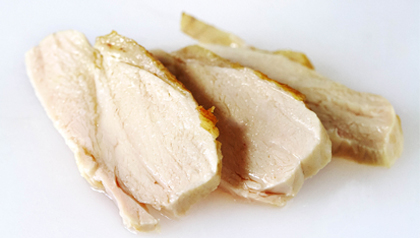
Precision cooking
The most obvious advantage of low-temperature cooking is the precision with which we can cook, thanks to time and temperature control (T&T). The aim is to achieve the optimum point of doneness and forget about overcooking foods which would lead them to lose flavour, texture and nutritional value.
Stunning textures
One of the most surprising aspects is the type of textures that we can obtain. Meat becomes more succulent, vegetables juicier and fish can almost be eaten with a spoon. Thanks to gentle cooking, foods retain their juices and their flesh becomes more tender without losing its original flavour.
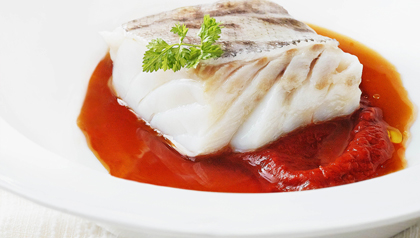
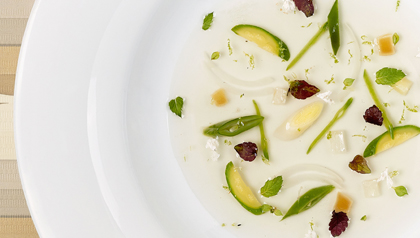
Authentic flavours and healthy food
Low-temperature cooking helps preserve the nutritional values of food because it prevents the loss of those nutrients most sensitive to high temperatures. Furthermore, if you cook foods such as vegetables sous vide, it means you do not need to add water to cook them, thus avoiding part of their vitamins and mineral salts as well as all their flavour from leaching into the water. Additionally you avoid having to use salt as vegetables retain their natural seasoning.
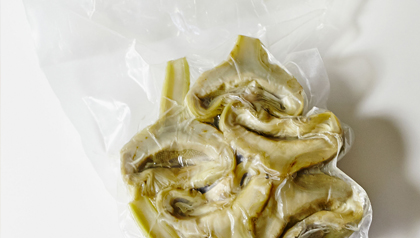
No oxidation
In the particular case of sous-vide cooking, one of the main benefits is that we prevent oxidation and the spoilage of some foods that, when they enter into contact with oxygen, start to look less appealing or to deteriorate. This happens, for example, with artichokes, which once washed and cut, will turn black on contact with the air.
Rediscover
Traditional recipes and the humblest of foods become little gastronomic pearls with low-temperature cooking. Try it with some simple chicken wings, horse mackerel or an egg. Or with age-old recipes such as leg of lamb, slowly cooked at a low temperature. You’re sure to discover new textures and aromas like you’ve never known.
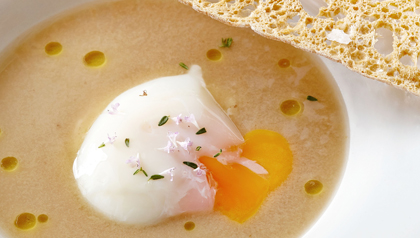
Ready to
start cooking?
BUY











